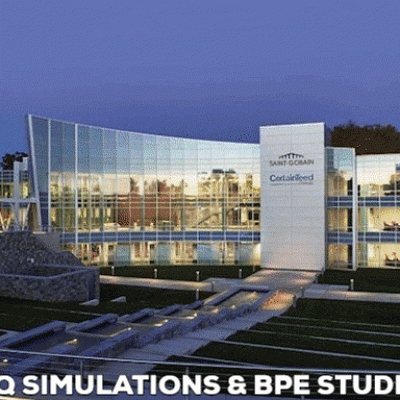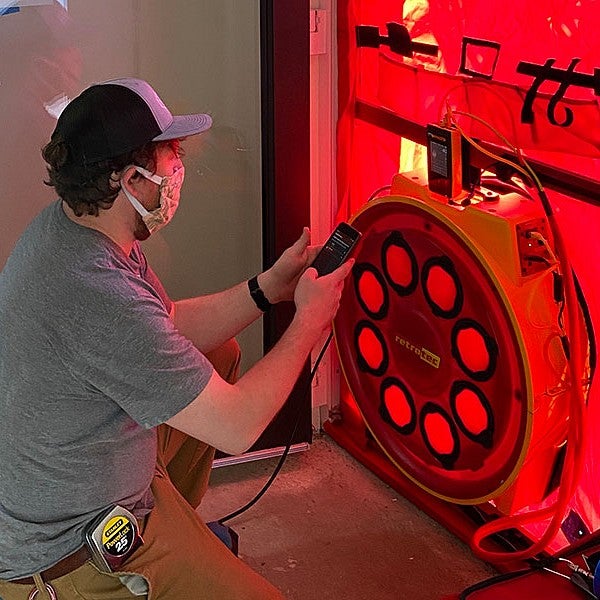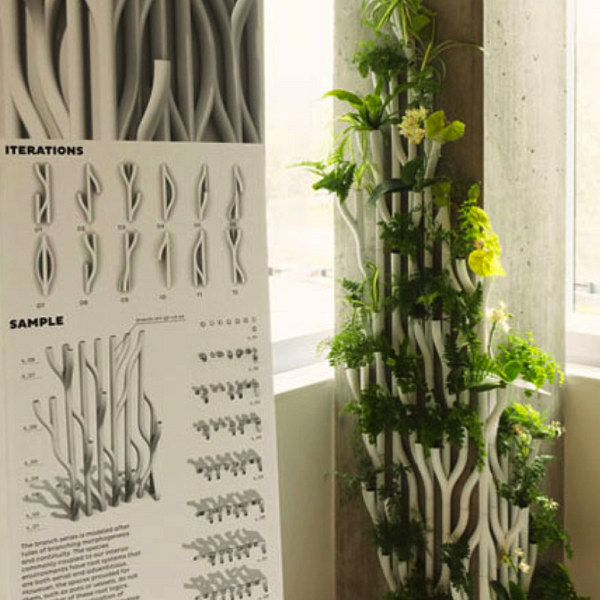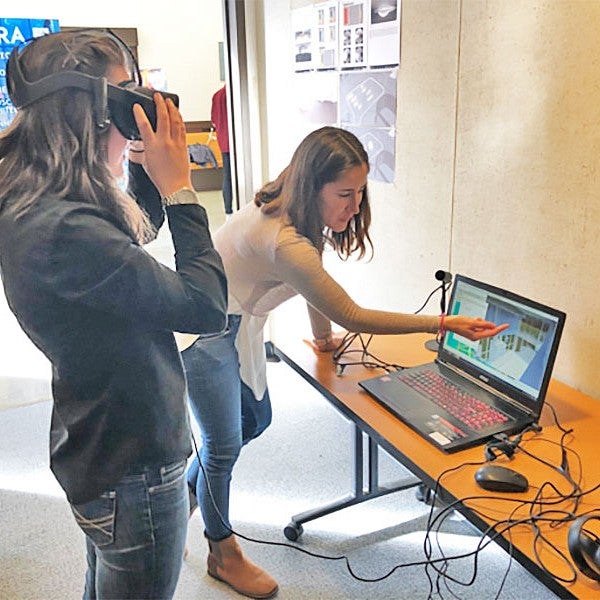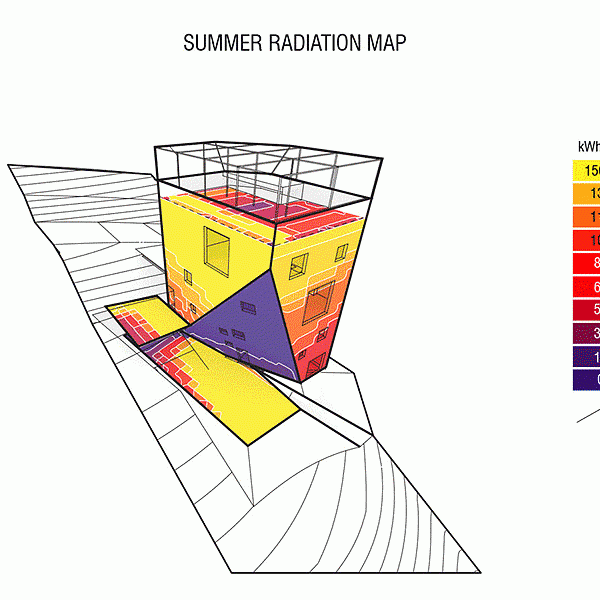Sustainable Buildings
University of Oregon Architecture faculty are global leaders in designing healthy, sustainable environments. They employ cutting-edge techniques to understand inhabitant preferences, harvest environmental data, and forecast building performance. They bring research innovations into their teaching and guide students in generating holistic design solutions.


